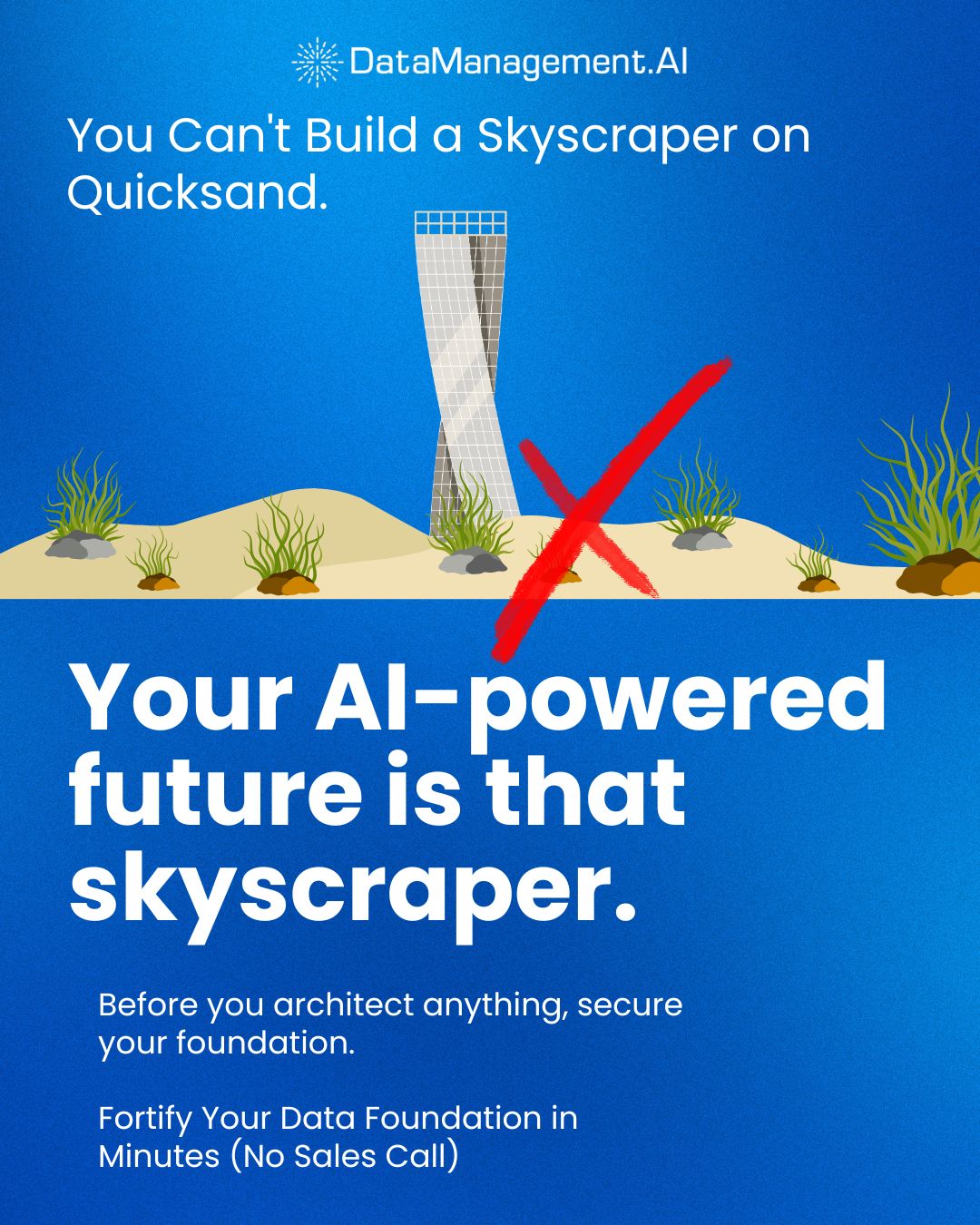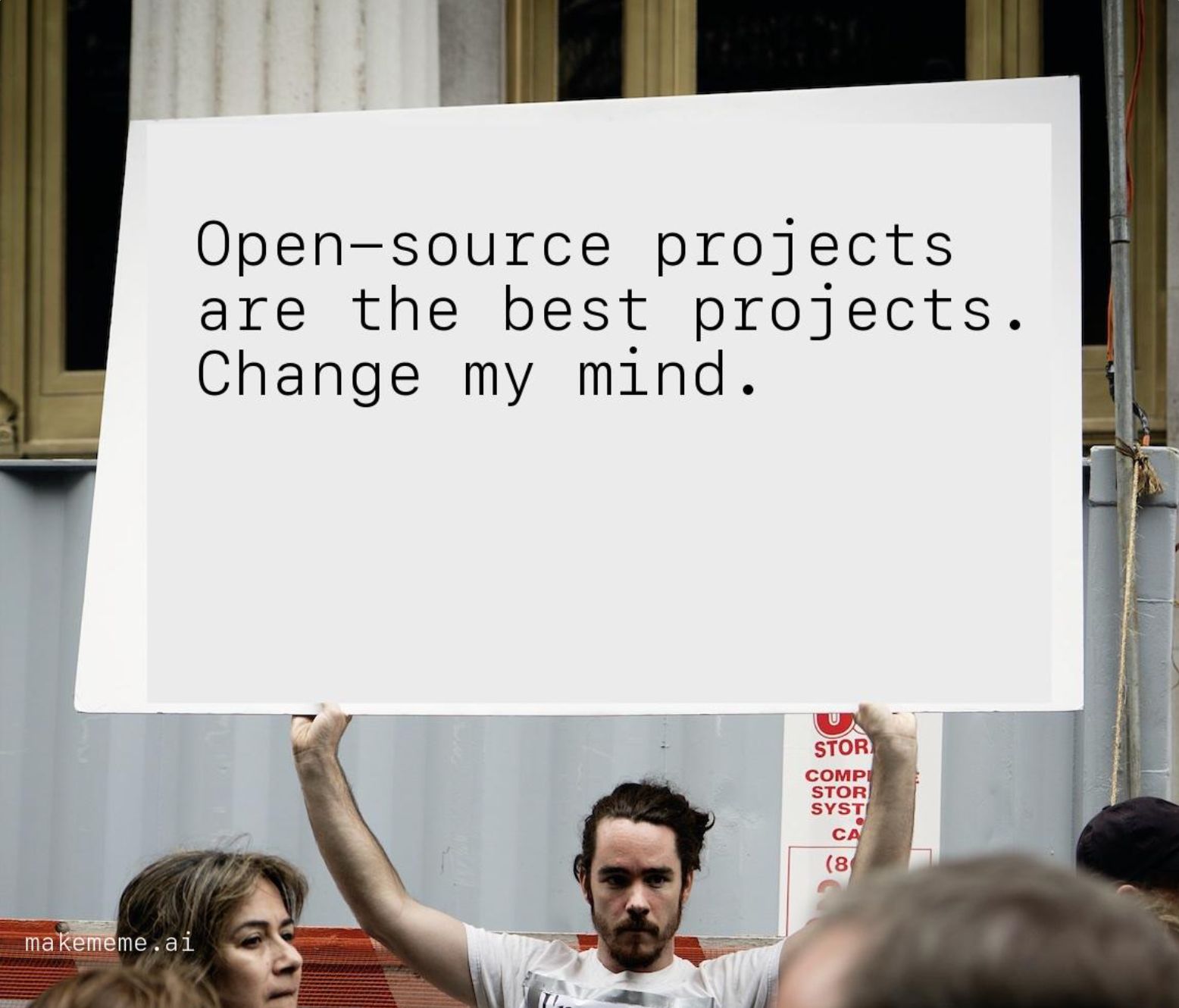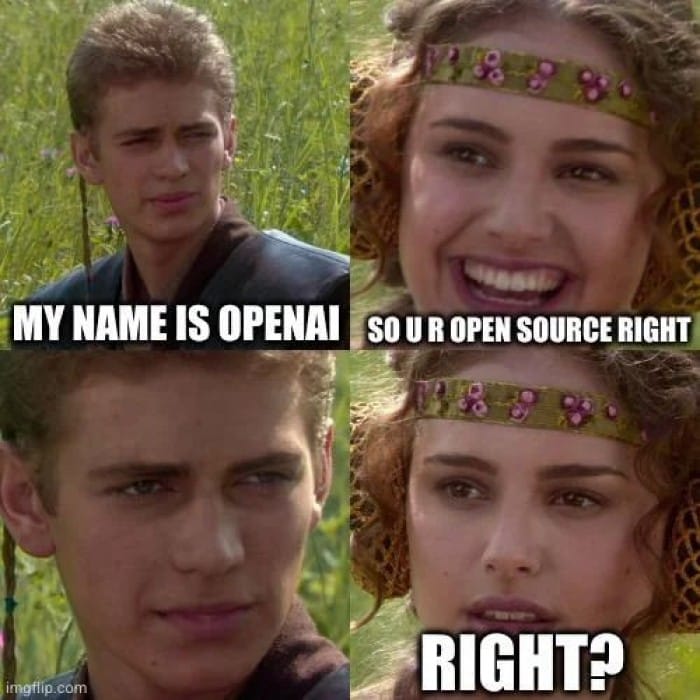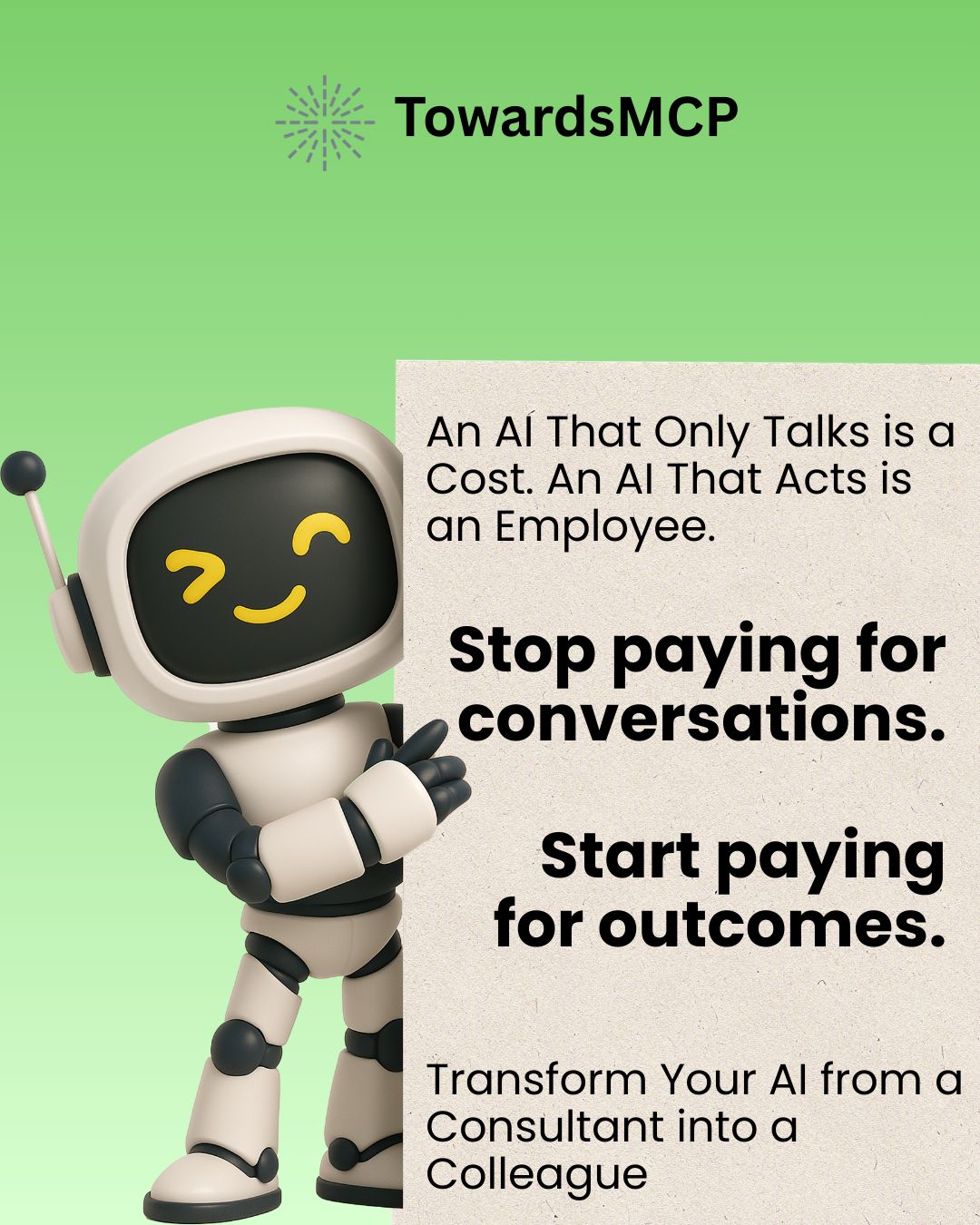- Towards AGI
- Posts
- Is Your Business Ready for AI Fraud?
Is Your Business Ready for AI Fraud?
Are We Ready for AI-Driven Fraud?
Here is what’s new in the AI world.
AI news: The Next-Gen AI Fraud Problem
Hot Tea: Can the US Win the Open AI Race?
Open AI: The Open Source Lie
OpenAI: OpenAI, Target Announce Partnership for Store-Wide AI Retail Integration
AI is Evolving. So is Fraud. Is Our Defence Keeping Pace?
You're seeing the same headlines everyone else is: AI is revolutionising payments, stopping fraud, and making checkout invisible. But you need to look past the hype. The truth is, AI won't save you from the sophisticated attacks that are already here.
The Threats You're Actually Facing
You're not dealing with hypothetical scenarios anymore. You're facing:
Artificial identities created by AI
Cloned voices that sound exactly like your customers
Deepfakes are sophisticated enough to pass your current verification checks
Ask yourself: What happens when an AI can perfectly mimic a customer's face, blink on camera, and read a driver's license number aloud during your KYC process? How confident are you that your customer service team would detect a cloned voice requesting account changes?
The Human Element You Can't Ignore
While you're focused on building better AI models, the real vulnerability might be your human processes. Picture this: a cloned voice calls your support line, sounding exactly like the account holder, complete with background noise and emotional tone. Would your team catch it before processing the request?
The same technology that makes your payments faster and more efficient is also empowering fraudsters to become more sophisticated. The innovation curve works both ways.
What Really Matters in Your AI Strategy
You need to understand that AI doesn't care about your business outcomes. It doesn't:
Choose your partners wisely
Build your fraud controls
Ensure you're trusting the right systems
The companies that will succeed aren't necessarily those with the most advanced AI models, but those asking the right questions about their entire ecosystem.
Your Critical Evaluation Checklist
Before you invest in another "AI-powered" solution, ask yourself:
Who actually built the systems I'm relying on?
How do they respond when something fails?
Do they treat fraud as a PR problem to manage or a product problem to solve?
What's their track record for adapting to new threats?
The answers to these questions matter more than any marketing claims about AI capabilities.
Remember, AI can make your payments smarter, but it's your partnerships and infrastructure that make them work reliably. The next phase of innovation isn't about having the most advanced model; it's about having the discernment to build systems that can withstand the sophisticated attacks that are already here.
Your focus should be on building relationships with partners who understand that fraud prevention is a continuous battle, not a feature to check off.
Look for infrastructure that's designed with security as a core principle, not an afterthought. And most importantly, maintain healthy scepticism about any solution that promises to solve complex problems with simple AI implementations.
The future of secure payments depends less on what AI can do and more on how you implement it within a robust, well-designed system built by people who understand both the technology and the threats.

Can the U.S. Win the Open Source AI Race? The Story of Two Competing Labs
You're witnessing a critical moment in the global AI race, as two American labs take dramatically different approaches to competing with China's dominance in open-source AI.
The Two Paths to American AI Independence
This week, you saw Deep Cogito release Cogito v2.1, a massive 671-billion-parameter model that its founder claims is "the best open-weight LLM by a U.S. company." But there's a catch that directly affects your strategic planning: this American model is actually built on a Chinese foundation, forking off DeepSeek's open-licensed base model from late 2024.
Simultaneously, the Allen Institute for AI offered you an alternative approach with Olmo 3, billing it as "the best fully open base model" with complete transparency about its training data and code.
Why This Strategic Divide Matters to Your Business
You're operating in an environment where China currently sets the pace in open-source AI. The reality you face is that many U.S. startups, possibly including your competitors, are quietly building on Chinese base models to stay competitive. This creates strategic risks you can't ignore:
If Chinese labs become the default foundation for open AI worldwide, your business could lose technical independence, bargaining power, and the ability to influence industry standards. You'd essentially be building your products on top of foreign intellectual property, training pipelines, and hardware optimisations.
What Each Approach Offers You
Deep Cogito's approach demonstrates the trade-offs you might consider: by building on existing Chinese models, they achieved remarkable efficiency gains in just 75 days. Their model produces 60% shorter reasoning chains while maintaining performance, which could mean lower API costs and faster responses for your applications.
The Allen Institute offers you a fundamentally different value proposition: complete transparency and U.S. sovereignty over the technology stack.
Their Olmo 3 models come with full documentation of training data, code, and checkpoints, giving you confidence in what you're building upon, even if the development process was more labour-intensive.
Your Practical Next Steps
For your immediate needs:
If you're already using DeepSeek and want improved performance, Cogito v2.1 might offer you better answers with greater efficiency
If transparency and long-term sovereignty matter to your enterprise risk management, Olmo 3 provides a fully documented U.S.-built alternative
For smaller-scale deployments, Olmo's 7B and 32B parameter models are more accessible for your current infrastructure
The fundamental question you need to answer is whether short-term efficiency gains outweigh long-term strategic independence.
As Nvidia's backing of Olmo 3 suggests, there's growing recognition that the U.S. needs its own open AI foundation, and your choices as a business leader will determine which approach ultimately prevails.
Your decisions today about which AI foundations to build upon will shape not just your company's competitive position, but the broader landscape of AI sovereignty for years to come.
The Original Sin of Open Source: We Misunderstood 'Free' From the Start
You're using open source software every day, probably without even realising it. From the websites you visit to the apps on your phone, open source code powers much of your digital world. But what does "open source" really mean for you, and is it truly free in both cost and freedom?
Understanding Open Source Licensing: Your Rights and Responsibilities
When you use open source software, you're guaranteed certain freedoms that proprietary software doesn't offer. You can view the source code, modify it to suit your needs, and even redistribute it to others.

This philosophy dates back to the early days of computing, but the term "open source" itself emerged in the late 90s to make the concept more business-friendly.
However, you'll quickly discover that open source licensing is more complex than it appears. With over 100 different licenses available, you need to be careful about which ones you use.
The most common licenses you'll encounter are:
MIT & Apache 2.0: These give you the most freedom; you can do almost anything you want with the code
GPLv3: This requires you to distribute source code alongside any software you create using it
BSD 3-clause: A middle ground with some requirements but generally permissive
The licenses you'll actually work with depend heavily on your programming language of choice. If you're releasing your own software, you should use resources like GitHub's license chooser to guide your decision.
The Cost Question: Is Open Source Really Free for You?
While most open source software costs nothing to download and use, you need to consider the total cost of ownership. Yes, you can install thousands of open source applications without paying anything, but there are hidden costs you should factor in:

Learning Curve: You might find that documentation is lacking, since developers often prefer coding to writing instructions. You'll need to budget time for learning and troubleshooting.
Maintenance: With frequent updates from contributors, you'll need to test new versions, ensure compatibility with your existing data, and potentially upgrade associated software.
Support: While the software is free, you might want to pay for support contracts or donate to ensure the project's long-term survival through platforms like Patreon or GitHub Sponsors.
Platform Considerations: Some open source software requires extra effort to install, particularly on macOS, where you might need to compile programs using XCode.
Making Smart Decisions About Open Source
Before you commit to open source solutions, you should carefully consider your specific needs. For personal use, the freedoms and cost savings typically outweigh the drawbacks. For business use, you need to evaluate whether the potential hidden costs, training, legal compliance, and maintenance justify the initial price of zero.
Remember that while open source gives you incredible freedom and typically no upfront cost, you're responsible for understanding the license terms and accounting for the total cost of ownership. The software itself might be free, but your time and resources to implement and maintain it certainly aren't.
Ultimately, open source represents both a philosophy of freedom and a practical approach to software development. By understanding both the opportunities and the responsibilities, you can make informed decisions about when and how to incorporate open source into your digital life or business operations.

OpenAI and Target Partner to Bring New AI-Powered Experiences Across Retail
You're about to see how major retailers are transforming your shopping experience through AI. Target's expanding partnership with OpenAI is bringing conversational shopping directly to you through a new Target app within ChatGPT, making your retail interactions more intuitive and personalised than ever before.
What This Means for Your Shopping Experience
When you use ChatGPT in the coming weeks, you'll find a new Target app that lets you shop through conversation.
Imagine telling ChatGPT: "Help me plan a family holiday movie night," and instantly receiving curated suggestions for cosy blankets, snacks, and entertainment essentials.
You can build your basket, check out using your preferred method, whether that's Drive Up, Order Pickup, or shipping, and soon, you'll even be able to link your Target Circle account for personalised deals.
Behind the Scenes: How Target is Using AI to Serve You Better
You're benefiting from Target's AI integration in multiple ways, even if you don't realise it:
When you contact customer service, AI tools like Agent Assist and Store Companion help team members quickly access relevant information to solve your problems faster, whether you need price matching, returns, or general assistance
When you're shopping for gifts, AI-powered tools like the Shopping Assistant and Gift Finder provide personalised recommendations based on the recipient's interests, age, or occasion
When you have questions, Guest Assist and JOY solutions use a knowledge base of 3,000+ FAQs to deliver instant responses, complemented by human support when needed
Why This Partnership Matters for Your Future Shopping
Target isn't just adding AI features; they're rebuilding their entire operation around intelligent systems. For you, this means:
More accurate supply chain forecasting, so the products you want are actually in stock
Streamlined store processes that make your in-person shopping smoother
More personalised digital experiences that understand your preferences
Faster resolution of any issues that arise
As OpenAI's Applications CEO Fidji Simo notes, "Target is a great example of what that shift looks like when it's done with ambition and speed."
The company has already rolled out ChatGPT Enterprise to 18,000 employees, ensuring that the team members helping you have the smartest tools available.
This partnership represents a fundamental shift in retail, one where intelligence becomes core to every customer interaction.
For you as a shopper, it means moving beyond simple automation to truly augmented service that gives you quicker answers and more meaningful support, making every interaction feel "as natural, helpful and inspiring as chatting with a friend," as Target's chief information officer describes it.
Journey Towards AGI
Research and advisory firm guiding industry and their partners to meaningful, high-ROI change on the journey to Artificial General Intelligence.
Know Your Inference Maximising GenAI impact on performance and Efficiency. | Model Context Protocol Connect AI assistants to all enterprise data sources through a single interface. |
Your opinion matters!
Hope you loved reading our piece of newsletter as much as we had fun writing it.
Share your experience and feedback with us below ‘cause we take your critique very critically.
How's your experience? |
Thank you for reading
-Shen & Towards AGI team